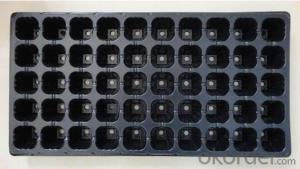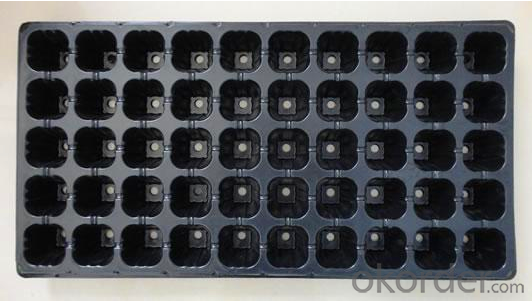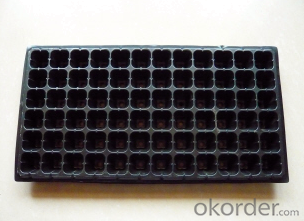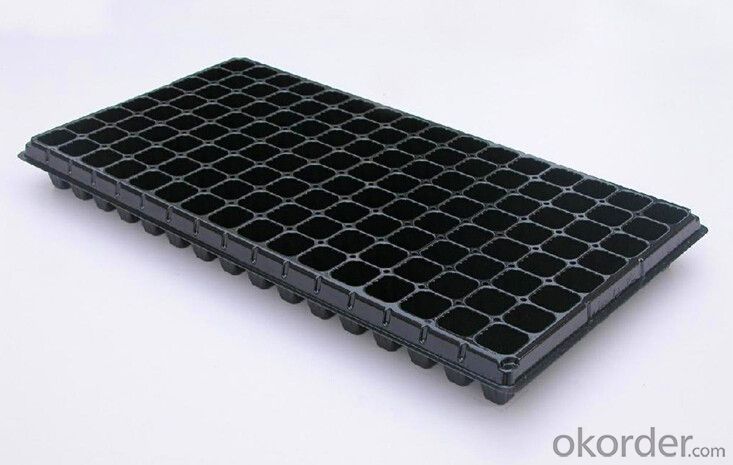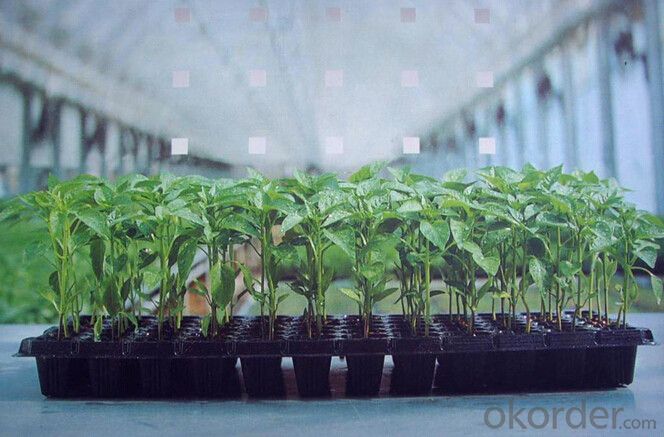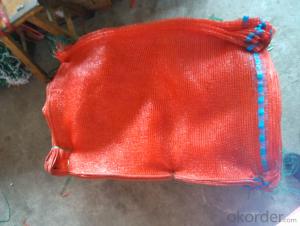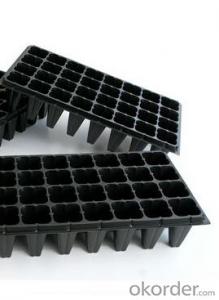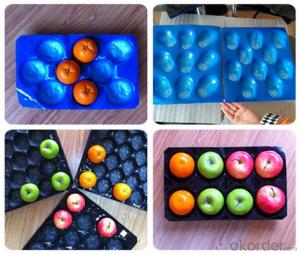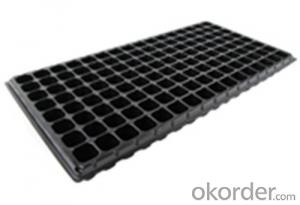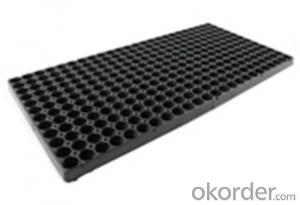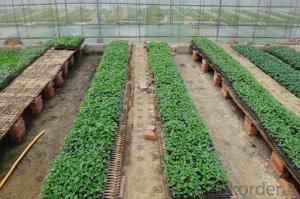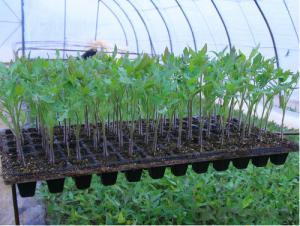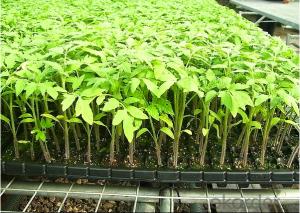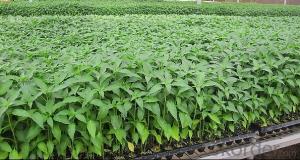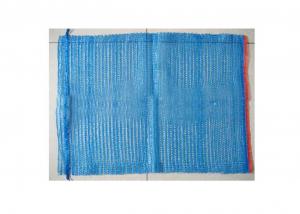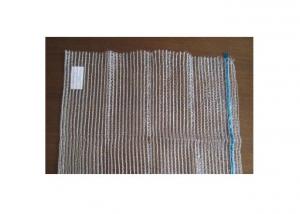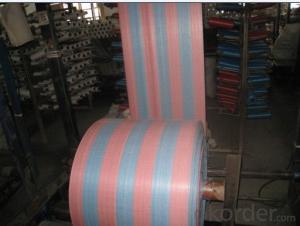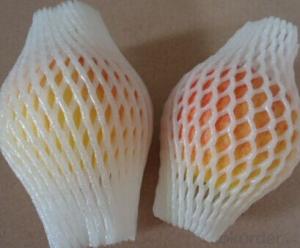HIPS Flat Tray Made Plastic (Growing and Seedling) Greenhouse Usage Plug Trays
- Loading Port:
- China main port
- Payment Terms:
- TT OR LC
- Min Order Qty:
- 3000 pc
- Supply Capability:
- 50000 pc/month
OKorder Service Pledge
OKorder Financial Service
You Might Also Like
Brief Introduction to CNBM:
CNBM International Corporation (CNBM International) is the most important trading platform of CNBM Group Corporation, a state-owned company under the direct supervision of State-owned Assets Supervision and Administration Commission of the State Council.
CNBM International is highly recognized by its business partners and clients all over the world and has obtained rapid development under the spirit of win-win. We will carry on the mutual beneficial, innovative and revolutionary trading structure as we did before, create value for our employees, share holders and clients and benefit the whole society in our future development.
Features of Plug Trays (Growing and Seedling) HIPS Made Plastic Plug Tray for Greenhouse:
· Material: HIPS
· Thickness: 0.5mm-1.5mm, Standard:1mm
· Weight: 80g(±5)g-230g(±5)g, Standard weight:155g(±5)g
· Size: length:490mm-540mm, width:190mm-345mm,depth:25mm-150mm
· Standard:540mmX280mm
· Cell count: 18-512
· Package: In Carton
· Warrenty: 8-10 times
Picture:

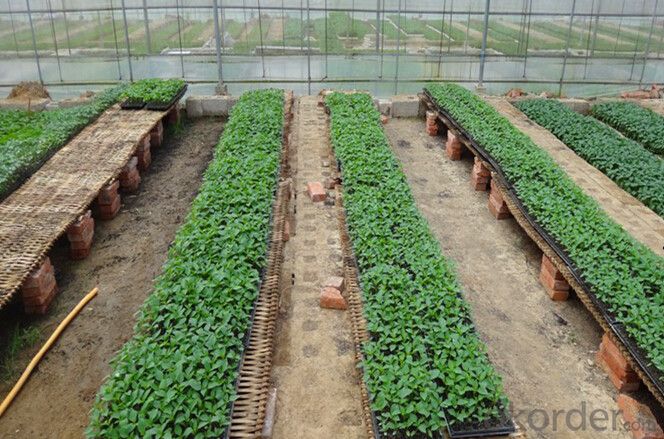
Specification of Plug Trays (Growing and Seedling) HIPS Made Plastic Plug Tray for Greenhouse:
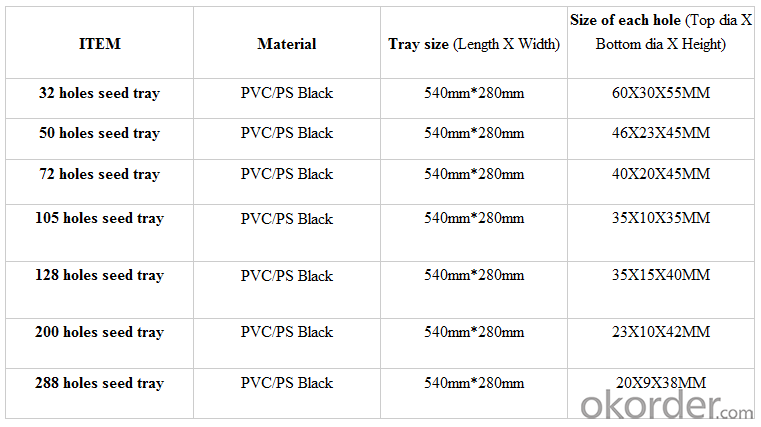
FAQ of Plug Trays (Growing and Seedling) HIPS Made Plastic Plug Tray for Greenhouse:
Q:1.How many times can the seed tray be used?
A: Under the same environment, it is decided by the thickness. Usually 0.6mm thickness can be used for 1 or 2 times.
1.0 thickness can be used for 3-4 times. 1.5 thickness can be used for 8-10 times.
Q: 2.How long is the production time?
A: Usually one to two weeks.
Q: 3.How is the seed tray being packaged?
A: They can be packaged in carton or pallets. Carton size is 1375px*725px*1250px.
- Q: What are the different colors of agricultural plastic products and their uses?
- Agricultural plastic products come in various colors, including black, white, and silver. Black plastic is commonly used for mulching, as it helps retain soil moisture, control weed growth, and warm up the soil. White plastic is often used for reflective purposes, helping to minimize heat absorption and prevent overheating of plants. Silver plastic is used for its reflective properties as well, but it is also known to repel certain insects. These different colors serve specific purposes in agriculture, aiding in crop growth and protection.
- Q: What is the standard size of a nursery tray?
- The standard size of a nursery tray is typically 10 inches by 20 inches.
- Q: What factors or considerations do farmers take into account when selecting different types of agricultural plastic products?
- <p>Farmers choose between various types of agricultural plastic products based on several factors. These include the specific crop requirements, such as the need for temperature control, moisture retention, or light transmission. The cost-effectiveness of the product is crucial, considering both the initial investment and the long-term savings in terms of yield and resource conservation. The durability and lifespan of the plastic are also important to avoid frequent replacements. Environmental impact and the ease of disposal or recycling are increasingly considered due to sustainability concerns. Additionally, the availability of the product in the local market and compatibility with existing farming equipment are also taken into account.</p>
- Q: Can agricultural plastic be used for hydroponic nutrient delivery?
- Yes, agricultural plastic can be used for hydroponic nutrient delivery. Agricultural plastic, such as PVC pipes or tubing, can be used to create hydroponic systems where nutrient-rich water is delivered directly to the plants' roots. This method allows for efficient and controlled nutrient delivery, promoting optimal plant growth in hydroponic setups.
- Q: Can nursery trays be used with a drip irrigation system?
- Yes, nursery trays can be used with a drip irrigation system. Drip irrigation is a highly efficient watering method that delivers water directly to the base of plants, minimizing water waste and evaporation. Nursery trays can easily be connected to a drip irrigation system by installing drip emitters or micro-sprinklers at appropriate intervals within each tray. This allows for precise watering of individual plants, promoting healthy growth and conserving water.
- Q: Can ground cover plants be used to create a natural-looking border or edge?
- Yes, ground cover plants can indeed be used to create a natural-looking border or edge. Their low-growing and spreading nature allows them to form a dense mat, creating a seamless transition from the lawn or garden bed to the surrounding landscape. These plants can be selected based on their color, texture, and growth habit, providing an attractive and organic border that blends harmoniously with the overall landscape design.
- Q: How do you choose ground cover for a formal garden?
- When choosing ground cover for a formal garden, it is important to consider several factors. Firstly, opt for low-growing plants that can maintain a neat and tidy appearance. Select varieties that have a dense, compact growth habit to provide a uniform and polished look. Additionally, choose ground covers with a consistent color and texture that complement the overall design and theme of the formal garden. Consider the maintenance requirements, ensuring that the ground cover is easy to care for and does not require frequent trimming or pruning. Lastly, take into account the growing conditions of the garden, such as sunlight exposure and soil type, to ensure the selected ground cover will thrive in the specific environment.
- Q: How do agricultural plastic products help with disease prevention?
- Agricultural plastic products help with disease prevention by creating a physical barrier that prevents pathogens from infecting crops. These products, such as mulch films, greenhouse covers, and crop covers, create a controlled environment that reduces the risk of diseases transmitted through soil, water, or air. Additionally, these plastic products can also be sanitized and reused, minimizing the spread of diseases between growing seasons.
- Q: This question seeks to understand the positive economic impacts of utilizing biodegradable plastic products in agriculture.
- <p>The economic benefits of using biodegradable agricultural plastic products include reduced environmental cleanup costs, as these products break down naturally, avoiding the expenses associated with removing traditional plastics. They can also lead to cost savings in the long run by improving soil health, which enhances crop yields and reduces the need for chemical fertilizers. Additionally, biodegradable plastics can lower energy consumption and greenhouse gas emissions in the production process, which may result in financial incentives or subsidies in regions with environmental policies. Furthermore, they can create new market opportunities for agricultural businesses that adopt sustainable practices, potentially increasing their competitiveness and profitability.</p>
- Q: Can nursery trays be used for growing epiphytic plants?
- Yes, nursery trays can be used for growing epiphytic plants. However, it is important to ensure that the trays have adequate drainage and provide appropriate support for the plants, such as attaching them to a wire mesh or using a specialized epiphyte-growing medium. Epiphytic plants typically grow on other plants in their natural habitat, so replicating their preferred conditions, such as good air circulation and moisture retention, is essential for successful growth in nursery trays.
Send your message to us
HIPS Flat Tray Made Plastic (Growing and Seedling) Greenhouse Usage Plug Trays
- Loading Port:
- China main port
- Payment Terms:
- TT OR LC
- Min Order Qty:
- 3000 pc
- Supply Capability:
- 50000 pc/month
OKorder Service Pledge
OKorder Financial Service
Similar products
Hot products
Hot Searches
Related keywords
